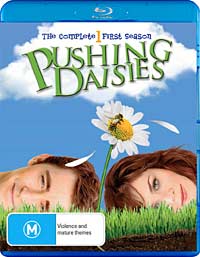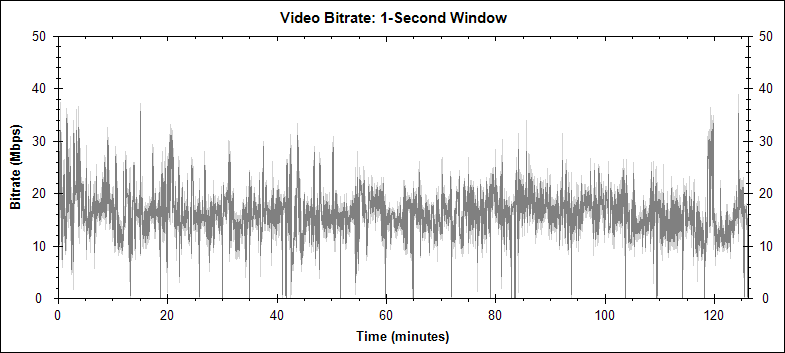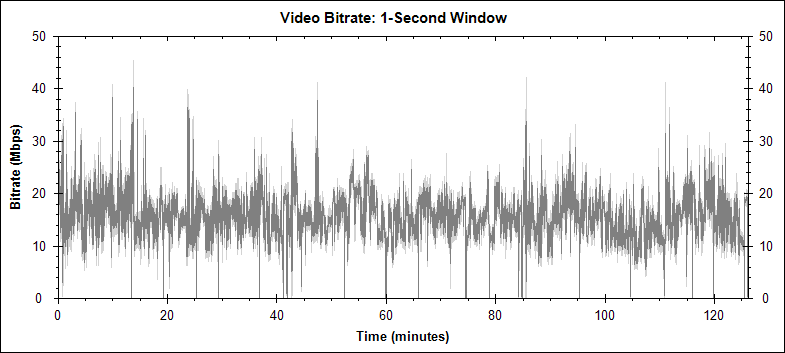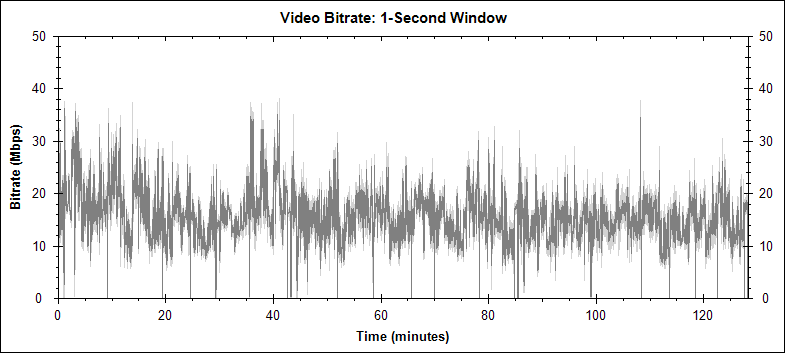 Picture:
Picture:  Sound:
Sound:  Extras:
Extras: 

Download scan of review (JPEG, right click, Save As)
Movie:  Picture:
Picture:  Sound:
Sound:  Extras:
Extras: 
But the fact is much TV fare can benefit from HD treatment. Consider 'Thunderbirds' or 'Star Trek' from the mid-60s. Shot on film, these look much better in their Blu-ray incarnations than on DVD because the original source had much higher resolution than broadcast TV.
'Pushing Daisies' is the same, and the improvements are even more apparent in view of the 2007 technology used to make the show. It is unclear whether film or high definition video cameras were used, but I'll assume the former since the Blu-ray version of this show allows -- only when the picture is paused for close examination -- the appearance of what seems to be film grain.
As for the content, it's hard to categorise. Imagine a weekly murder mystery, presented as a fairy tale, whimsically told and subsidiary to an embedded romance. The first season consists of just nine 42 minute episodes, presumably because the studio executives would have been uncertain about its reception. Since then a second season of 13 episodes has been shown.
The funniest parts, incidentally, are the corpses that appear in each episode. As for me, I love it. Do yourself a favour and watch this, even if you haven't previously heard of it.
This set of 3 discs was released by Warner Bros and makes an interesting example of the problems some Blu-ray fans have with the company. Essentially, some of those fans accuse Warner Bros of 'ripping us off'. That is, I think, a quite false accusation, but I can see where these critics are coming from.
Let us consider these discs. Each contains three episodes and, except for the last (which includes 42 minutes of standard definition featurettes), nothing else. Each set of episodes is roughly the length of a typical movie: 126 to 128 minutes. Each set appears on its own single layer Blu-ray disc.
The capacity of a single layer Blu-ray disc is 25GB. The largest of these discs -- the third, thanks to the featurettes -- consumes only 18.34GB. The other two only use two thirds of the space available on their respective discs.
But here's the thing: the sound gets standard Dolby Digital treatment rather than lossless Dolby TrueHD. Why not use some of that extra space for a lossless transfer? The average video bitrate across all nine episodes is 15.87Mbps. I have dozens of Blu-rays in which the feature scores over 25Mbps. The movie 28 Weeks Later has its feature running at an average of 34.73Mbps!
The critics say: why doesn't Warner Bros at least use the available space to allow less compression to the video? After all, these episodes could easily run to over 20Mbps at no extra cost to the company!
Well, I agree in principle. Lossless is preferable to lossy. More bits are preferable to fewer bits.
But preferable does not necessarily mean better. I find it hard to see how the picture quality could be improved significantly by throwing more bits at it. The producers sought Barry Sonnenfeld as director of the first couple of episodes and he established a series style of wide-angled cinematography with an enormous depth of field, reminiscent of his work on the Coen's Raising Arizona. Consequently a great deal of the picture content is extraordinarily sharp, yet film grain remains visible over the strong colours.
There are no visible compression artefacts. Since this kind of thing is a consistent pattern for Warner Bros, I suspect that its mastering studios use the final look as their reference for setting their VC1 encoder parameters, rather than the space available.
Still, the company could save itself a bit of grief by dialling up the figure if there is plenty of unused disc surface.
As to the Dolby Digital sound: it is serviceable, but not remarkable, except for an occasional aural exclamation point rendered with an unpleasantly disconnected subwoofer thud.
 (Australian rating); Region Free
(Australian rating); Region Free
The following video bitrate graphs were generated by BDInfo 0.5.2. Episodes 1-3:

Episodes 4-6:

Episodes 7-9:
